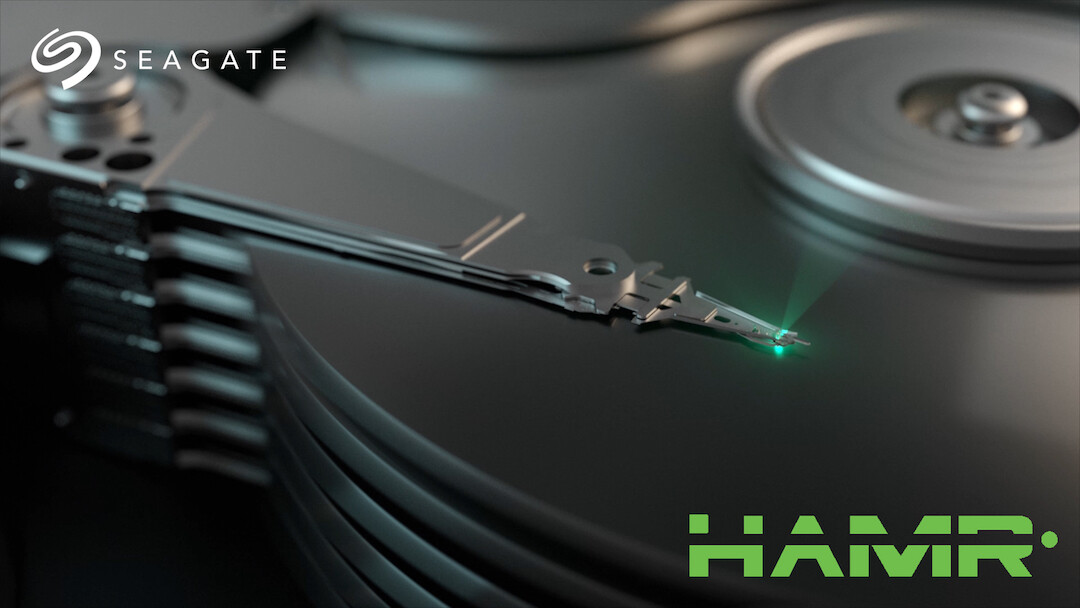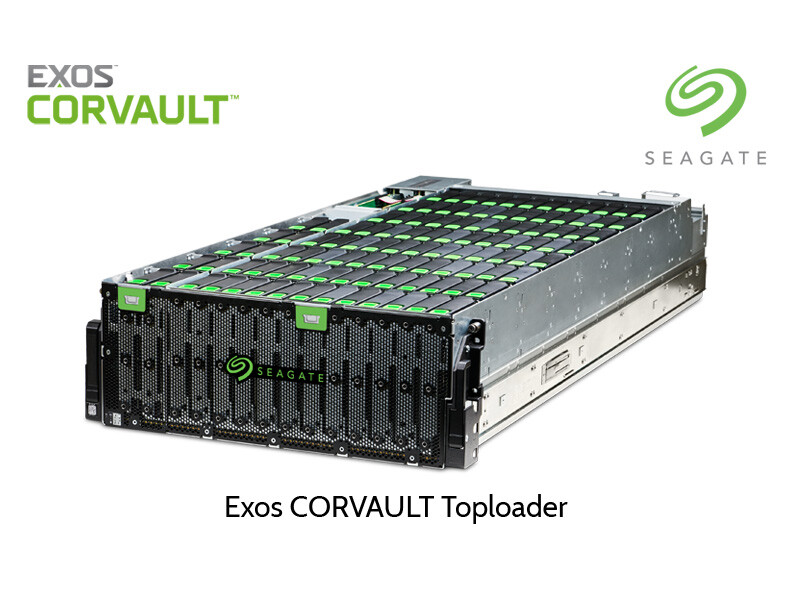Seagate has announced the shipment of advanced storage solutions to a preferred client in the cloud data center sector. These hard drives, based on heat-assisted magnetic recording (HAMR) technology, are part of the next generation Corvault range. The first shipment of HAMR-based drives consists of final qualification samples, but Seagate expects fully verified equipment to generate revenue in the coming weeks.
During a recent Seagate financial meeting conference call, CEO Dave Mosley mentioned a dip in business and a costly legal settlement but expects company fortunes to rise due to client uptake of breakthrough storage technologies. Mosley set out ambitious plans for its heat-assisted magnetic recording technology, with second-generation drives targeted for release later in 2023. The CEO has high hopes for an upcoming Seagate Corvault product lineup in 2024, with revenue expected to grow from a higher adoption rate of fully matured systems.
"Our goal is to emerge a stronger, more agile company able to navigate well in all demand environments, return to profitable growth and preserve our technology leadership momentum. To that end, we have not let up on executing our HAMR-based product road map to preserve our significant time-to-market advantage. We are tracking well to our stated plans and achieved the key milestone last week of shipping initial qualification units to a cloud launch partner, and we expect to recognize initial revenue from 30-plus terabyte platforms this quarter as part of our Corvault system solutions.
The decades of development that have led us to HAMR productization are even more important today as highly cost-efficient, mass capacity storage will be a competitive enabler in a world where data is rapidly growing and increasing in value. We believe HAMR will further extend the large and sustainable cost advantage multiple compared to other storage media, even with current market prices. Additionally, Seagate's ability to service this growing demand through areal density gains by increasing capacities from three to four to five terabytes per disc or more provides far greater capital efficiencies compared with current PMR technology over time."


